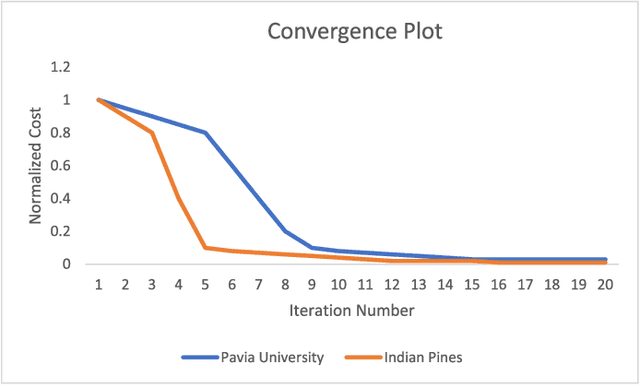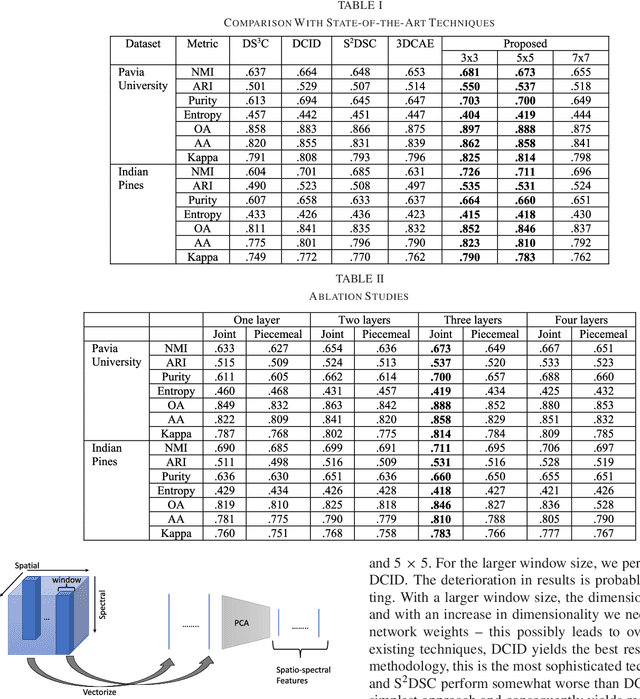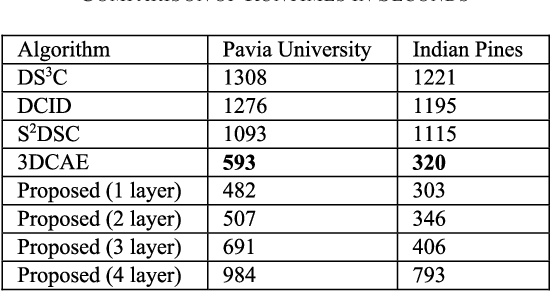Anurag Goel
Argument Mining using BERT and Self-Attention based Embeddings
Feb 27, 2023Abstract:Argument mining automatically identifies and extracts the structure of inference and reasoning conveyed in natural language arguments. To the best of our knowledge, most of the state-of-the-art works in this field have focused on using tree-like structures and linguistic modeling. But, these approaches are not able to model more complex structures which are often found in online forums and real world argumentation structures. In this paper, a novel methodology for argument mining is proposed which employs attention-based embeddings for link prediction to model the causational hierarchies in typical argument structures prevalent in online discourse.
Transformed K-means Clustering
Nov 27, 2021


Abstract:In this work we propose a clustering framework based on the paradigm of transform learning. In simple terms the representation from transform learning is used for K-means clustering; however, the problem is not solved in such a na\"ive piecemeal fashion. The K-means clustering loss is embedded into the transform learning framework and the joint problem is solved using the alternating direction method of multipliers. Results on document clustering show that our proposed approach improves over the state-of-the-art.
Sparse Subspace Clustering Friendly Deep Dictionary Learning for Hyperspectral Image Classification
Nov 27, 2021


Abstract:Subspace clustering techniques have shown promise in hyperspectral image segmentation. The fundamental assumption in subspace clustering is that the samples belonging to different clusters/segments lie in separable subspaces. What if this condition does not hold? We surmise that even if the condition does not hold in the original space, the data may be nonlinearly transformed to a space where it will be separable into subspaces. In this work, we propose a transformation based on the tenets of deep dictionary learning (DDL). In particular, we incorporate the sparse subspace clustering (SSC) loss in the DDL formulation. Here DDL nonlinearly transforms the data such that the transformed representation (of the data) is separable into subspaces. We show that the proposed formulation improves over the state-of-the-art deep learning techniques in hyperspectral image clustering.
 Add to Chrome
Add to Chrome Add to Firefox
Add to Firefox Add to Edge
Add to Edge